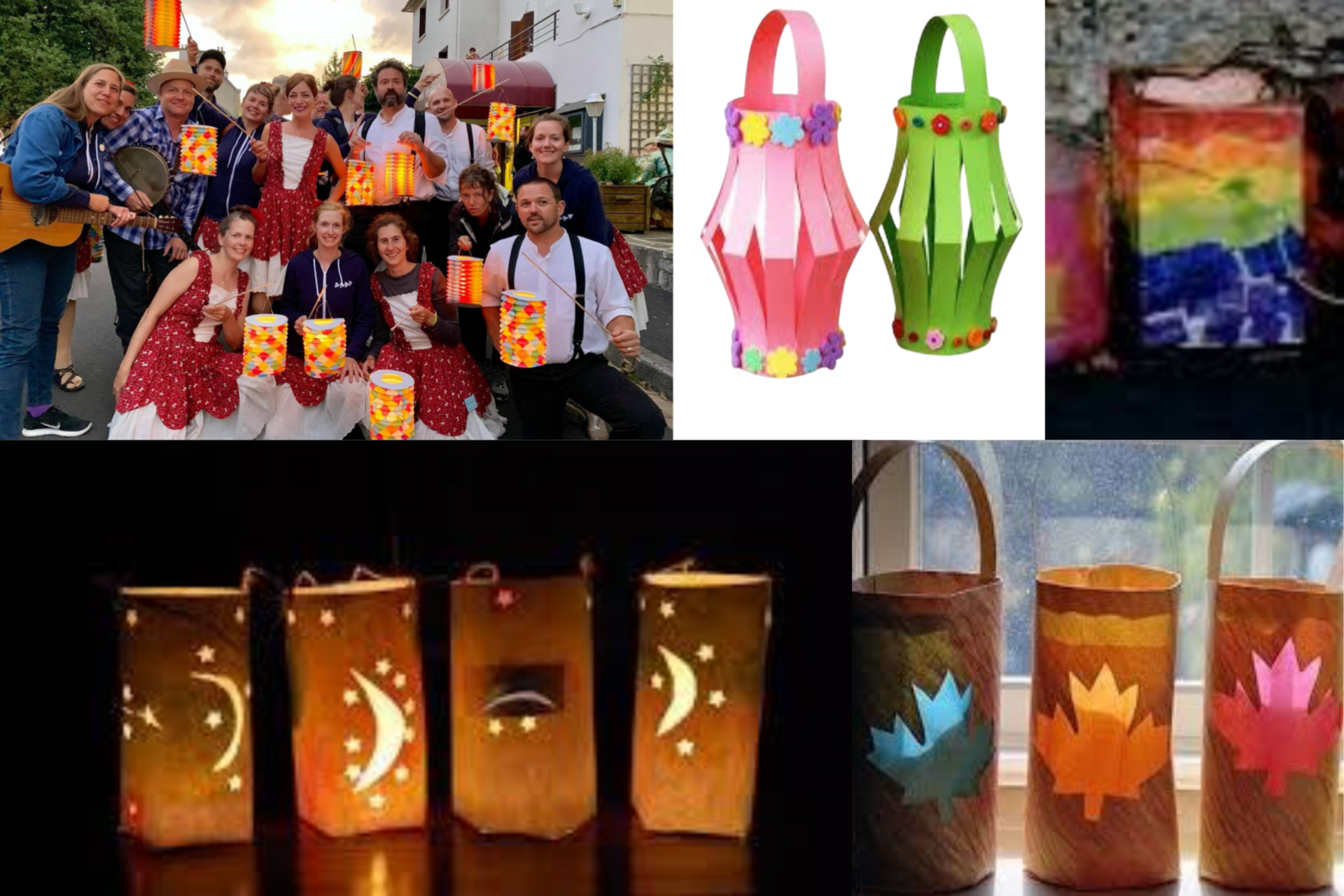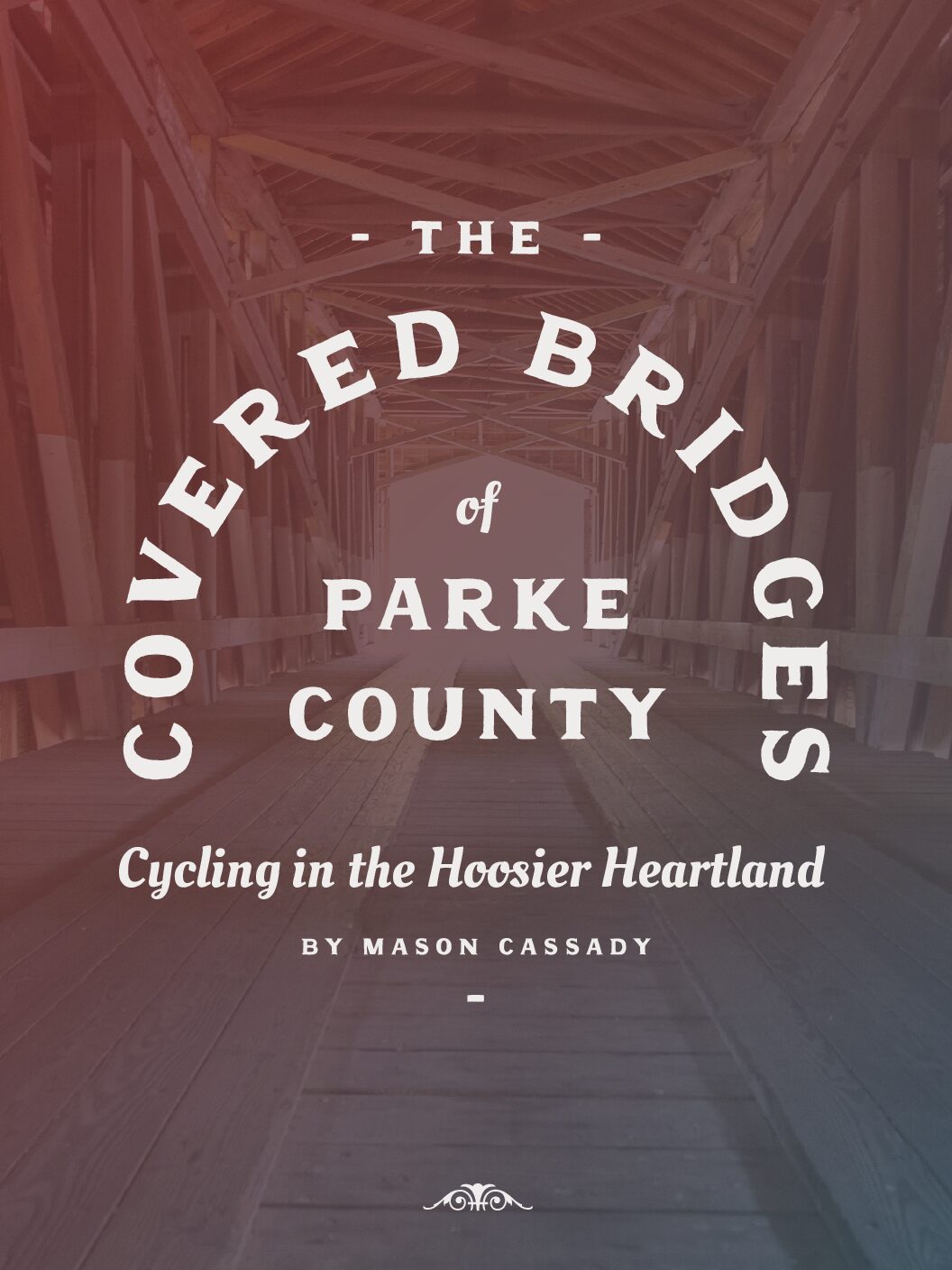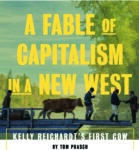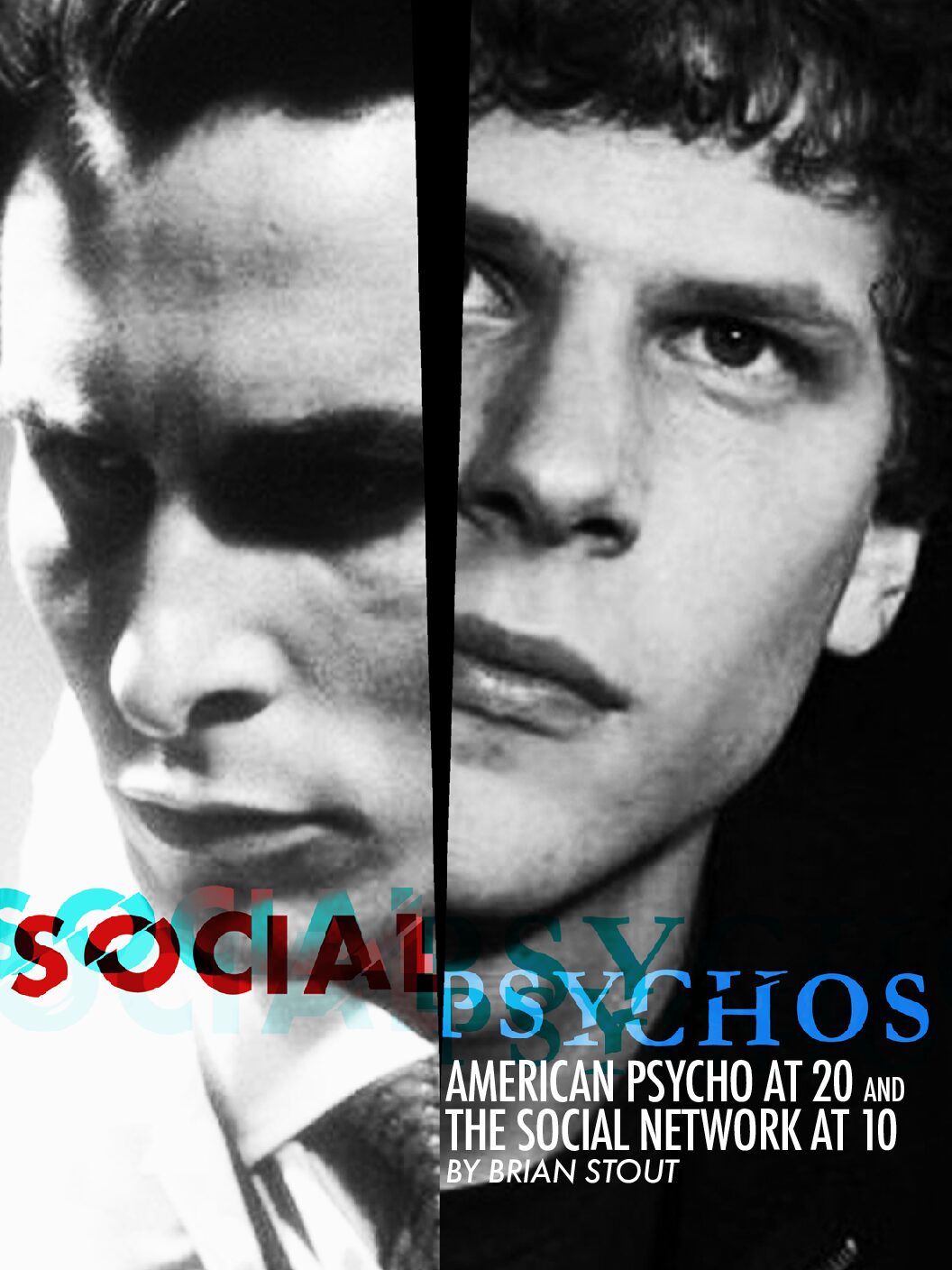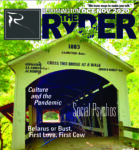One Hundred Forty-Three Down, Fifty to Go
By John Linnemeier
The world is a book and those who don’t travel read only one page.
–St. Augustine
A person’s lifespan is long. But it’s not endless. The earth is immense. But it’s not infinite. If you start early enough and make it your goal to see all 193 countries, it’s doable. At 75, I’m unlikely to make it, but there’s a small band of travelers who are attempting to see them all, and they’re a darned interesting bunch. All have incredible stories to tell, and all have been places you haven’t. You’re more likely to run into them in Djibouti or Somaliland than Paris or Mumbai.
Belarus is a tiny, off-the-beaten-track, landlocked country of 9.5 million, bordered by Latvia, Lithuania, Poland, Ukraine and Russia. It probably isn’t on most people’s bucket list, though perhaps it should be. I chose to visit, for three reasons:
- I’d never been there
(B) Demonstrations aimed at toppling Alexander Lukashenko, the man who’s been called Europe’s last dictator, were ongoing, so I might see a historical moment.
(C) Due to the pandemic, it was one of only 20 countries Americans could visit.
Researching a trip is just another aspect of travel that I’ve learned to savor. While attempting to better understand the country I was about to visit, I discovered a marvelous book, Voices from Chernobyl, by Belarus’s Nobel Laureate, Svetlana Alexievich. The twenty stories narrated in the survivors’ own words gave me valuable insights into Belarusians’ character and their willingness to sacrifice and accept hardship.
The Chernobyl nuclear reactor is located in Ukraine, but since Belarus is downwind, it received the brunt? of the deadly radioactive damage. Even today a third of the land in Belarus has high levels of radioactivity. There’s a joke here that after Chernobyl you can eat anything you want, – but you have to bury your own shit in lead.
I’d read that for $650 I could take a tour of the affected area, but weighing the pros and cons, I decided against it. Belarus is quite affordable, and there are far more pleasant ways to stretch a dollar in Minsk.
For under $100 I booked myself into the best hotel in the capital, a gorgeous ten story fin de siècle confection, that like most of Minsk was completely rebuilt after having been blown to smithereens during the ”Great Patriotic War.” After several long arduous flights –including an overnight stop in Istanbul in the world’s largest terminal– I arrived at the pocket-sized Minsk airport, where I was shocked to find virtually everyone… maskless! It may come as a shock to many people, but since Covid-19 began, Belarus has never shut down a single school or business, and no one has ever been required to wear a protective mask, though a few choose to.
Their Covid-19 deaths per million are roughly one seventh ours. Make of it what you will.
A gentleman in a Mercedes, who spoke not a word of English, picked me up at the airport and drove me through fertile gently rolling farmland into the heart of the spotlessly clean capital city of Minsk. Every night the streets are washed down by large noisy trucks, and during the day uniformed babushkas bustle about in an attempt to sweep up non-existent trash.
In Belarus it’s easy to break out of the tourist bubble since tourists hardly exist. For my first three days at the Europa Hotel I actually thought I was the only guest. That’s not to say that Belarus is cut off from the world. Many people speak English. You can watch CNN, RT, Nickelodeon or the BBC any time of the day or night, and internet speed is super-fast. There’s even a booming IT sector. The hugely successful massively multiplayer online game, “World of Tanks,” was created at a nearby technical park by a Belarusian company named Wargaming. All support for it is done locally. President Lukashenko once appeared to gloat when a multi-million-dollar hack was discovered to have originated in Belarus and he said, “Of course we abhor such activity, but one can’t help but be impressed that our people are capable of such things.”
I developed a real fondness for this miniscule country and its noble citizenry.
Belarusians know far more about us than we know about them. I could have watched demonstrators stream below my balcony while listening to Westerners comment on politicians and reporters ejected from the country and demonstrators arrested by the police… all from the comfort of my luxurious hotel room… I detected no censorship.
Curiosity about the demonstrations aimed at unseating Lukashenko hadn’t been the main reason I’d chosen to visit this small nation bereft of snowcapped mountains, ancient ruins, tropical reefs, or ferocious wild animals–the kinds of things that ordinarily draw visitors to a place–but since I was here, why not check it out?
Despite my deteriorating physical condition, I was looking for trouble, and not having much luck finding it. For the first several days all seemed to be peaceful and quiet, though to compensate, the food was scrumptious and the women were smoking hot. What I hadn’t yet realized was that demonstrations in Belarus are a Sunday activity. Walking around town on a Saturday I thought I’d survey how many people were wearing masks. By my count out of 193, only 3 were wearing one, and that included a schoolyard full of kids.
By Sunday morning, crowds were beginning to form, and I could hear supportive horns honking, so I decided to hit the streets. The concerned young woman at the desk advised me to stay clear of riot police, and I assured her I would. First though, I wanted to dive into a hearty Belarusian breakfast of eggs, cabbage, bacon and pickles, washed down with a strong cup of coffee, served up by a typically gorgeous young waitress.
Fortified, I was prepared to face the challenge of the new day.
The demonstrators were a joyful bunch. There was a sea of colorful red and white flags that have come to symbolize the rebellion, with several signs lauding a local grandmother who’d achieved celebrity through a picture of her tussling with several oversized riot police. A couple of people were dressed as dinosaurs, meant to mock the man many Belarussians see as a relic from another era.
From my limited point of view, he didn’t appear to be one of those dictators who requires all businesses to display his photo, nor are there statues of him on every corner, striking heroic poses. I’ve seen worse. Working in Iran during the reign of the Shah before the revolution, I observed what had seemed to be universal adoration turn to disgust and hatred for the same man when he looked like he was on the way out. It made me more cautious in judging how much weight to give to the support people claim to have for any strongman in a dictatorship. There’s a calculation that goes on in most people’s heads… you don’t want to be on the losing side.
As I walked along with the happy throng, I was approached several times and politely asked where I was from and what I was doing here. When I told them people I was American, they were both amazed and delighted. They all thanked me profusely for taking an interest in their struggle. When I pressed them to explain their objectives I never heard anything other than a desire to be rid of an odious dictator. They never spoke of joining the EU or NATO, nor did I detect any pro or anti-Russian sentiment. Surprising to me, I didn’t see any support for Sviatlana Heorhiyeuna Tsikhanouskaya (maybe they couldn’t fit it all on a protest poster,) the runner up to Lukashenko in the most recent election. What I did hear over and over again was that they saw themselves as a unique people, with their own language, history (way too convoluted to explore here!), customs and heroes. They wanted to go their own way… independent and free from alliances with any particular camp and their over-arching agendas.
I told them I agreed with them totally but feared that the great powers would attempt to co-opt their revolution.
As I marched along, I noticed something peculiar. Along the main drag was a small coffee shop with customers lined up out the door and around the block. Curious, I peeled off from the river of demonstrators and made inquiries with the apparently caffeine-starved line-standers (none of whom, incidentally, were observing social distancing). They informed me that the café doors had been smashed-in by the cops, and everyone wanted to make sure that the owner wouldn’t suffer any financial loss.
I was beginning to develop a real fondness for this miniscule country and its noble citizenry.
I witnessed one shocking event. As I was walking along with the ebullient but peaceful crowd, I heard a tremendous commotion and everyone began running away fearfully. In no more than fifteen seconds several heavy-duty trucks erected a substantial twenty-foot barrier that totally blocked off an intersection…an amazing display, and very intimidating. Safely back in my hotel room I turned on BBC to discover that a dozen demonstrators had been seized by police and some dissident had been detained at the Lithuanian border. It didn’t appear to me that Lukashenko was about to fall any time soon, though circumstances change and I could easily be wrong.
By Monday the city was calm again, so on my last full day, I visited the massive WW2 (referred to in Belarus, as in Russia, as the “Great Patriotic War”) Museum. It’s impossible to overemphasize the effect that great cataclysm had on this land and its people. They paid far more than their share of the butcher’s bill. During the Second World War the US suffered four hundred thousand casualties, while twenty-six million Soviets, who included Belarussians at the time, died during the same conflict. In other words, for every American causality, sixty-five Soviets died. Patriotism runs deep in this part of the world.
I noticed an imposing war monument in front of the museum where a press conference was being held. Some VIP was speaking to half a dozen TV cameras. Curious, I sidled up to the crowd and asked what was going on. An attractive middle-aged woman who spoke excellent English informed me that the VIP was the Russian ambassador to Belarus who was speaking on the anniversary of the lifting of the siege of Leningrad. I assume the underlying motivation for the speech was to emphasize the historic bond between these two countries that would be a shame to compromise regardless of whatever happened as a result of the current unrest.
I guess I looked like I might be a threat to the Russian Federation since two burly goons, obviously packing heat, peeled off from the ambassador’s entourage and began aggressively snapping away at me with their cameras. At my age I felt flattered to be deemed a threat to anything. And with that, my journey was complete: Not only had I finally found trouble, but I was the trouble. Nostrovia, goons!
[editor’s note: John Linnemeier’s book,
How an Average Man Lived an Adventurous Life, is a must read for average people everywhere. Even for those of you who are slightly above average. In 2016, John ran for Mayor of Bloomington.]
